If you're new to Ruby and/or reading through the source to understand how a library works, don't worry, I've been there (and after ~10 years in the biz it still happens from time to time).
Depending on what you want to do, marmeladze's first answer might be what you're looking for.
I think you might be looking for something different (or someone in the future may benefit from an expanded answer), and want to change the case of the answer that Highline captures for validation.
Highline has a #change_case method that will alter the case of the answer, and may be what you're looking for.
input = ask("Do you like cupcakes?") {|q| q.case = :down}
and the result would be exactly the same as the other answer, but accomplish it in a less direct way (because you're manipulating the answer in a block).
However, if you wanted to do something a little more involved and use the change in case as part of your answer validation, then adding .downcase to the end of the ask() block isn't going to cut it.
For example, let's say you want to ask a question and check if the input was y or n. You could do something like:
input = ask("Do you like cupcakes?") do |q|
q.case = :down
q.in = ["y","n"]
end
That way input will contain either y or n, and accept inputs of Y, y, N, or n.
You could go even farther by making more changes to the q object (i.e. something like turning off input echo by using q.echo = false) inside the block, and use the other features that the HighLine::Question class offers.
